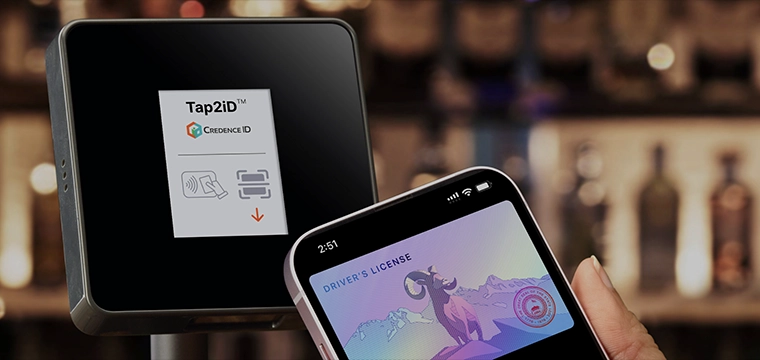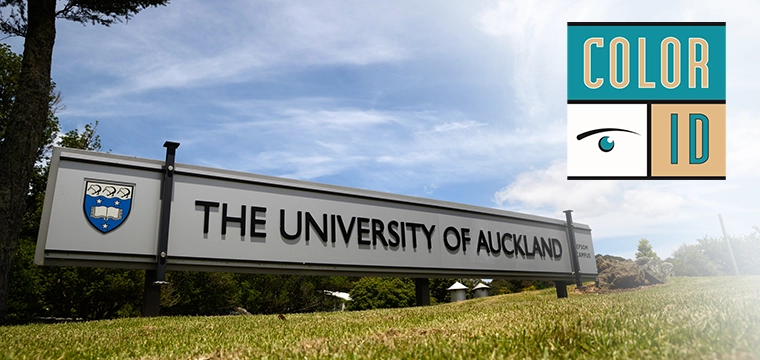PockeTracker adds agility, efficiency to campus verification
Scanning credentials is just one piece of the pie. Reporting on attendance and verification is vital, and PockeTracker has in-built capabilities that campuses can use to support a range of functions.
“PockeTracker contains a number of baked-in reports to allow users to identify and analyze the information being scanned by the handhelds,” explains Walker. “These are accessed through our server piece, the PockeTracker Gateway.”
The Gateway typically sits on a web server at the institution’s location, so it can be accessed from anywhere on campus to configure devices, create new profiles or run reports. This enables PockeTracker users to access reports from any browser on campus, giving them the flexibility to pull up real-time actionable data on the fly.
The Gateway also acts as the backend for the system, allowing PockeTracker to work with a college’s existing database or card system. “Using either direct ODBC connection or flat file imports/exports, we are able to seamlessly implement PockeTracker into a college’s current environment,” says Walker.
PockeTracker isn’t just for college campuses. Its utility in other verticals is a great endorsement for the solution’s capabilities in a higher education setting.
“Every year, PockeTracker is used at both the Academy Awards and the Emmy’s to spot-check credential holders on the red carpet,” explains Walker. “It’s also used at several golf and tennis tournaments, including the Miami Open, to not only grant general public access to the event but also control access to VIP areas.”
PockeTracker has also been widely used in the construction market to verify access to high-value sites. “Most recently, PockeTracker has been used during the build of Disney’s Avatar ride in Orlando and for construction projects at New York City’s Grand Central Terminal,” says Walker.
On campus, meanwhile, Vision Database has seen some of its clients leverage the solution beyond static attendance environments, in particular to track ridership on campus busses and shuttles. Using PockeTracker in transit applications enables a campus to ensure that only currently enrolled, fee-paying students are riding their shuttles.
For deployment on buses, PockeTracker readers can leverage either Wi-Fi, MiFi, 3G/4G, or should the campus decide, an offline capability for later reconciliation to verify ridership.
One campus that has seen the benefits of PockeTracker in a transit setting is Madison Area Technical College. The college’s magnetic stripe card is used in conjunction with the solution to control and track bus ridership.
“We were looking to track and control access to our shuttle bus system, as we needed this data for billing purposes and access control,” says Doug Gerbitz, Project Leader Risk Management and OneCard at Madison Area Technical College. “We wanted a mobile solution that was durable, reliable and capable of using our custom criteria for access.”
“Primarily we use PockeTracker for monitoring access to the shuttle bus system, but the desktop version is also being used for issuing Madison Metro Student Bus Passes throughout the district, as well as granting access to healthcare at our on-site GHC Health Clinic,” adds Gerbitz.
Like many institutions, Madison College serves both a large number and wide variety of students. The capabilities of PockeTracker have provided a means to accomplish goals that the college would otherwise have been difficult to address.
“We serve over 40,000 students per year made up of degree credit students both on-campus and online, non-degree credit students and community members,” says Gerbitz. “We also need to accommodate online students who voluntarily purchase a semester benefits package that gives them the same access as our on-campus students. PockeTracker has allowed us to track and monitor access for all of these students based upon our own custom criteria.”




